Moles can be a real nuisance in the garden, leaving unsightly mounds of earth and tunnels in their wake. While you could take the traditional approach and set traps or use poison, there are now more humane methods available that will get the job done just as effectively. In this article, we’ll explore some of the most popular methods for getting rid of moles humanely, so you can enjoy your garden without worrying about these pesky creatures!
Moles and Their Lifestyle
Moles are small, tubular mammals that live underground. They are excellent swimmers and can climb vertical surfaces. Moles have very poor eyesight but make up for this with their highly developed sense of touch and hearing. Moles are active day and night and do not hibernate.
Moles spend most of their time in an extensive tunnel system just below the ground surface where they hunt for food which consists mainly of earthworms, insects, and grubs. A mole can consume its own weight in food every day!
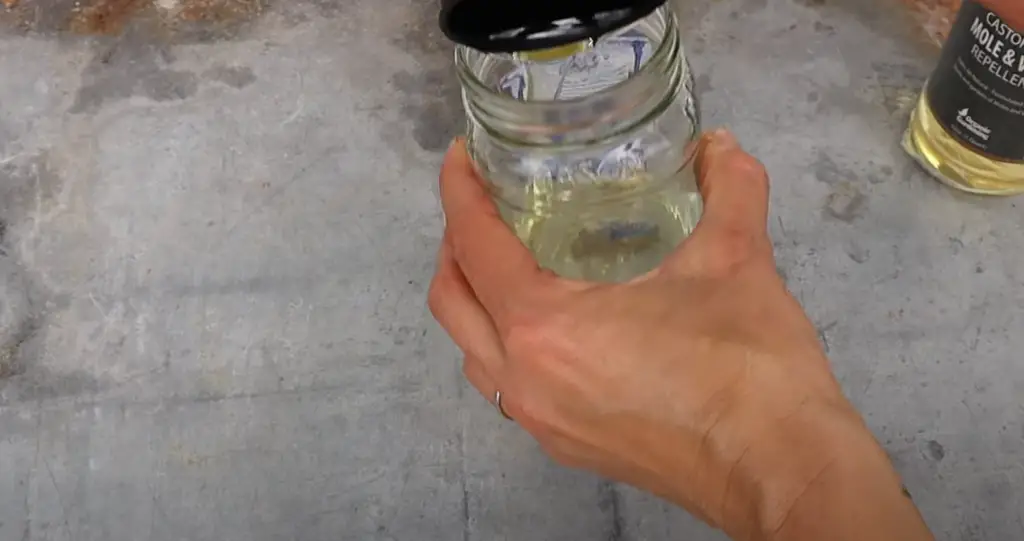
These animals are proficient diggers and their tunneling activities can damage plant roots, making it difficult for your plants to grow. Moles also eat insects and grubs, which can be beneficial to your garden, but their digging habits can do more harm than good.
When they first start to build their tunnels, moles leave large piles of excavated dirt on the surface called ‘molehills’. These molehills are a telltale sign that you have moles in your garden. The number of molehills is not necessarily an indication of the number of moles present. One mole can create several molehills in a single day.
Moles are loners and live alone except during breeding season which occurs in late winter/early spring. After a gestation period of about 42 days, three to five blind and hairless young are born underground. The young moles stay with their mother until they are old enough to fend for themselves which is usually around six weeks after birth.
Mole populations can increase rapidly due to their high reproductive potential but this is often offset by high mortality rates, particularly of the young. Moles generally have a lifespan of only two to three years in the wild but can live up to six years in captivity.
Why Are Moles Attracted to Gardens?
Moles are attracted to gardens for the same reason they are attracted to any other piece of land – food. Your garden is a veritable buffet for these little creatures with all the earthworms, insects, and grubs they can eat. The soft, loamy soil found in most gardens is also easy for moles to dig through, making it the perfect place to build their tunnel system.
While moles may be beneficial to the ecosystem as a whole, their digging habits can wreak havoc on your garden. Their tunneling activities can damage plant roots, making it difficult for your plants to grow. Additionally, molehills can make your lawn look unsightly and make it difficult to mow or walk on.
If you’re dealing with a mole problem in your garden, you’re probably wondering how to get rid of moles humanely. Read on for our tips on how to get rid of moles in the garden without harming them. [2]
Harm Created by Garden Moles
These furry little creatures are known for their destructive habits, including digging tunnels and eating plants. While moles may be cute, they can cause serious damage to your garden and lawn. In fact, a single mole can destroy an entire crop in just a few days! If you have moles in your garden, it’s important to take action immediately to prevent further damage.
They can create air pockets underneath the plants
They don’t necessarily need to dine on your prize petunias to do their damage.

Moles can also create air pockets underneath the plants, which prevents them from getting the water and nutrients they need to grow. This can lead to stunted growth, yellowing leaves, and eventually, death.
They create holes and burrows in your garden
Molehills are also unsightly and can make it difficult to mow or walk on your lawn. Additionally, the holes and burrows created by moles can be dangerous for your pets, they could fall into one of these holes and hurt themselves.
In short, moles can cause serious damage to your garden – both aesthetically and functionally. If you have moles in your garden, it’s important to take action immediately to prevent further damage.
Signs of Moles in Your Garden
Still, how can you tell if you have moles? Here are some common signs.
Raised ridges of earth
Moles create these by pushing up the soil from their tunneling. They’re usually straight, and can be several feet long. If you spot a raised ridge, gently push it with your foot to see if it collapses. If it does, that’s a good indicator you have moles.
Another sign of mole activity are small volcanoes of dirt in your lawn. These are molehills, and they happen when moles throw up piles of dirt while they tunnel underground. Molehills are usually cone-shaped and small, only reaching about an inch or two high.
Dead grass areas
Moles spend most of their time underground, so you’re more likely to see evidence of their presence above ground. Another common sign is dead grass patches in your lawn. These occur because moles push up soil as they travel, smothering the grass roots and causing the grass to die.
Fallen plants
Yet another sign of moles are toppled plants. Moles tunnel just below the surface of the ground, and their activities can damage plant roots, causing them to fall over.
If you spot any of these signs in your garden, you probably have moles. [1]
Benefits of Garden Moles
While moles may be destructive, they also play an important role in the ecosystem in many ways.
They feed on a variety of pests
Moles are carnivores, and their diet consists mainly of earthworms and grubs. This means that they help to control populations of these pests, which can be beneficial for your garden.
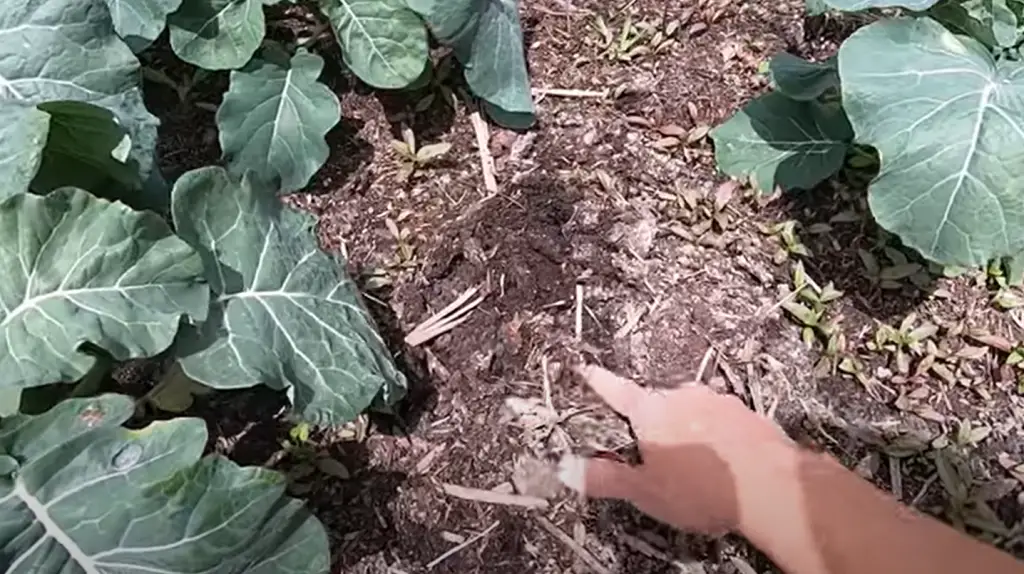
Additionally, moles consume a variety of other insects, including beetles, ants, and termites. By eating these pests, moles help to protect your plants from being damaged by them.
In short, moles play an important role in the ecosystem – both above and below ground. While they may cause some damage to your garden, they also provide many benefits.
They are natural aerators
Moles are natural aerators, and their tunneling activities help to aerate the soil. This is beneficial for plant growth as it allows roots to better access water and nutrients. Additionally, aerated soil drains better and is less likely to become compacted.
Compacted soil can cause a host of problems for your plants, including reduced growth, yellowing leaves, and even death.
Aeration also helps improve the overall health of your soil by increasing its ability to retain moisture and nutrients. Additionally, it helps improve drainage and prevents waterlogging. [3]
How to Get Rid of Moles in the Garden Humanely
Because of the reason above, many people choose not to get rid of moles and instead live with them. However, if you want to get rid of moles for aesthetic or functional reasons, there are a few different options available to you.
Get rid of grubs
If you have ever seen a mole in your garden, chances are it was because of the grubs. Grubs are the larvae of various beetles, and moles love to eat them. In fact, a single mole can eat up to 100 grubs per day! While this may seem like good news for your garden (less grubs means less damage), getting rid of moles is not as simple as getting rid of their food source. Moles are living by burrowing and will quickly create new tunnels in search of more grubs. If you want to get rid of moles, you will need to take a multi-pronged approach that includes both removing food sources and making it difficult for moles to tunnel through your garden.
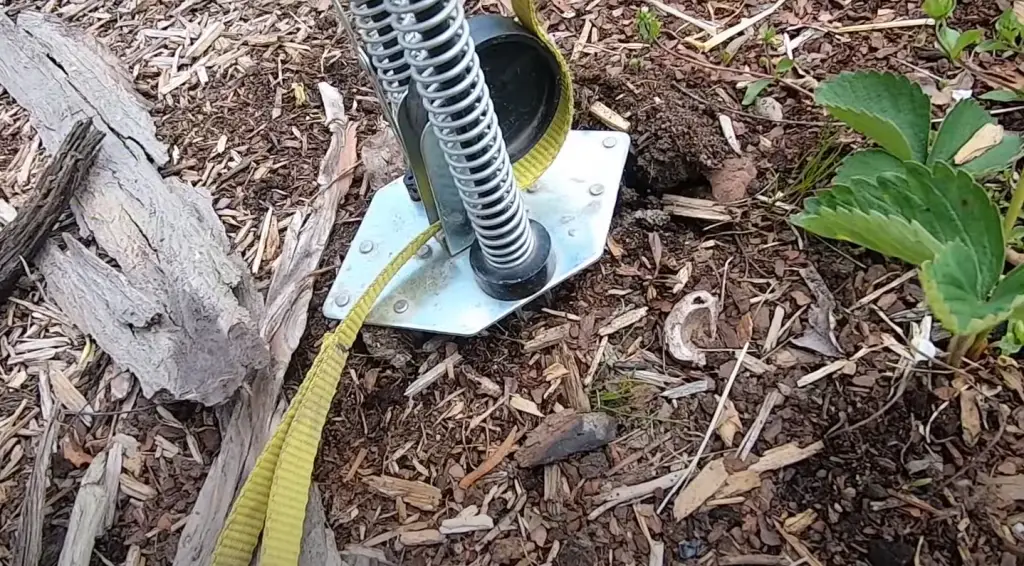
There are a few different ways to remove grubs from your garden. One is to use a chemical grubicide, which will kill the grubs but is also harmful to other animals and plants. Another option is to encourage predators that eat grubs, such as skunks, raccoons, and opossums. Finally, you can try to manually remove the grubs yourself. This is best done in the late fall or early winter when they are closer to the surface of the soil. [4]
Install underground barriers
In addition to removing food sources, you will also need to make it difficult for moles to tunnel through your garden.
This will prevent moles from being able to tunnel underneath and into your garden. Another option is to cover their tunnels with a wire mesh or hardware cloth. This will force the moles to find another way into your garden, which may be difficult if you have removed food sources and made it difficult for them to tunnelPlant the plants that moles hate
You can also try planting some of the plants that they hate. There are a few plants that moles really hate, and planting them around the perimeter of your garden can help to keep them away. Some of these plants include: alliums, castor beans, marigolds, and daffodils. You can also try using mothballs or ammonia-soaked rags in your garden to deter moles.
It’s best to make a barrier with plants that moles hate. This will make sure that moles will not come into your garden from any direction.
Keep an eye on excessive moisture and make changes accordingly
One of the reasons moles move into an area is because of the excessive moisture.
This may involve installing drainage tile, adding organic matter to your soil, or even regrading your property. By reducing the amount of moisture in your garden, you will make it less attractive to moles and other burrowing animals. [5]
Install vibrating stakes
Vibrating stakes are a popular method for getting rid of moles. These devices work by emitting a low frequency vibration that is undetectable to humans but annoying to moles. The vibrations cause moles to leave the area in search of quieter surroundings.
To use vibrating stakes, simply insert them into the ground around the perimeter of your garden. Be sure to place them at least eight inches deep to ensure that they are effective.
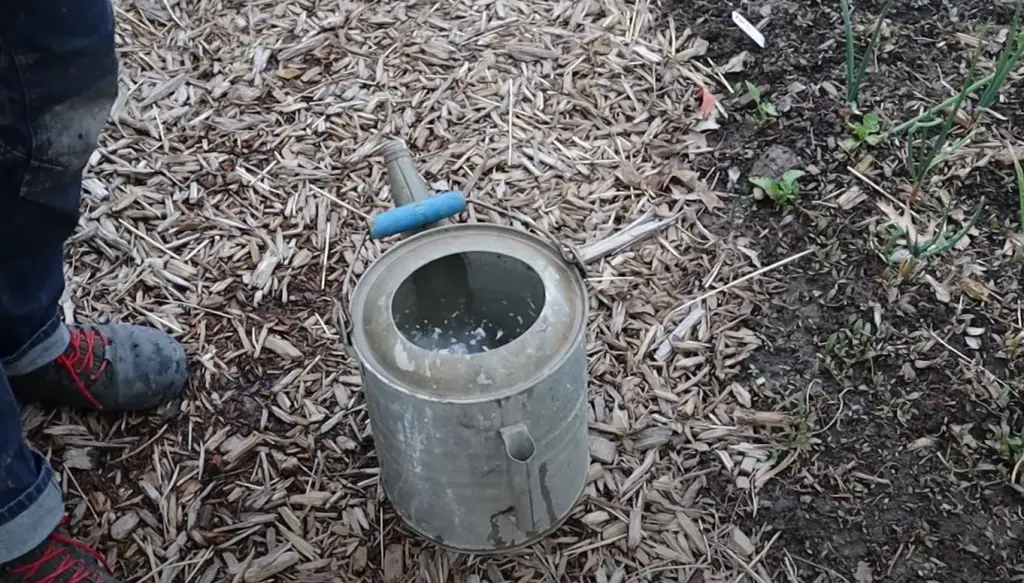
You can find vibrating stakes at most home improvement stores or online.This method isn’t going to kill the moles, but it will get them to leave your property. [6]
Place humane traps and release moles afterwards
There are two main types of mole traps: lethal and non-lethal. Lethal traps kill moles, while non-lethal traps simply capture them so that they can be released elsewhere.
An effective option is to use humane traps and release the moles afterwards. These traps work by luring the mole into a box or cage, where it becomes trapped. Once the mole is caught, you can then release it into the wild away from your home.There are a number of different types of humane traps available, so be sure to do some research to find one that will work best for you.
You can use bait, such as worms or insects, to lure the moles into the trap. Be sure to check the traps regularly and release any moles that have been caught.
Humane traps are an effective way to get rid of moles without harming them. This method does require some patience, as it may take a while for the moles to be caught. But once they are, you can simply release them into the wild away from your home. [3],[4],[5]
Try sprinkling strong smells around your garden
Moles are very sensitive to smells, and there are a few that they really hate. You can try sprinkling things like garlic powder, cayenne pepper, or Tabasco sauce around your garden to deter moles. Just be sure not to put these things directly on your plants, as they can be harmful.
Another option is to use repellents. There are a variety of different repellents available on the market, and they work by either discouraging moles from entering your property or making your property less attractive to them. Repellents usually come in the form of granules or sprays, and they’re applied to the ground around your home.
While these methods may not get rid of moles permanently, they can help to keep them away for a while. [5]
Let your pets out in your garden
If you have cats or dogs, letting them out in your garden can help to deter moles. The smell of predators will make moles think twice about moving into your yard.
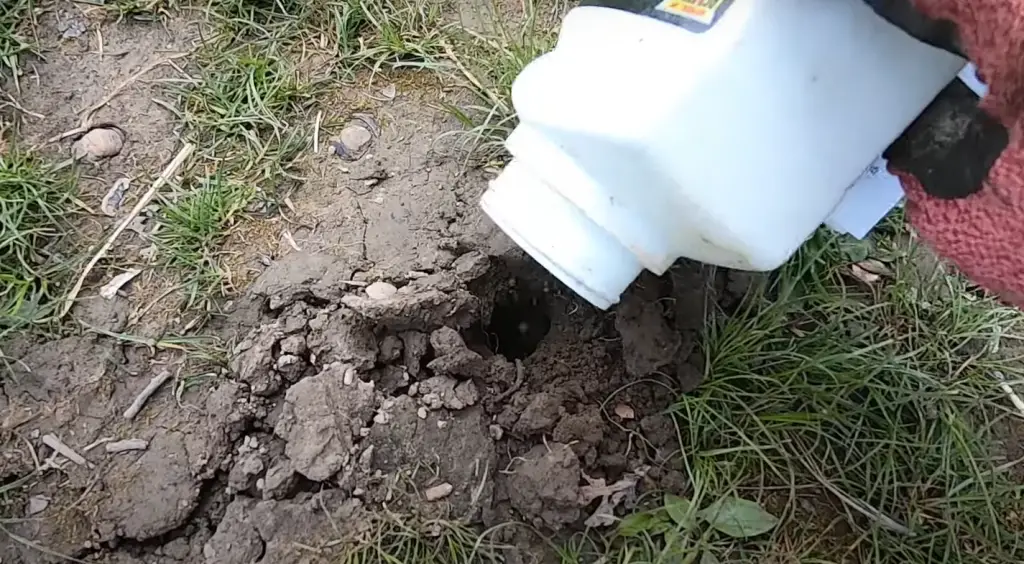
Cats are especially effective at deterring moles, as they have a strong urine scent. If you don’t have a cat, you can try borrowing one from a friend or neighbor. Just be sure to keep an eye on your pet while they’re in the garden, as they may end up killing other animals as well.
Dogs can also be helpful in deterring moles. While they won’t kill them, their presence will make moles feel uncomfortable and cause them to leave the area.
Allowing your pets to roam freely in your garden is an effective way to get rid of moles. Just be sure to keep an eye on them, as they may end up killing other animals. [4]
Dig a trench around your garden
One of the most effective ways to get rid of moles is to dig a trench around your garden. The trench should be at least 12 inches deep and 18 inches wide. Moles are creatures of habit, and they will typically travel along the same path each time they leave their burrow. By digging a trench, you can force moles to find a new path, which will hopefully take them out of your garden.
Or, you can dig a trench to lure moles in and block it off, essentially trapping them.
To do this, dig a trench around the perimeter of your garden and place a board or piece of metal across it. The moles will tunnel under the board and become trapped in the trench. Make sure to leave one exit out of your lawn to not completely trap them!
This method is considered to be humane as it doesn’t kill the moles. However, it does require you to check the trap regularly and release the moles into an area where they won’t cause damage (such as a park or forest). [6]
Install ultrasonic devices
Ultrasonic devices emit high-frequency sound waves that are designed to deter moles. These devices are relatively inexpensive and easy to use, making them a popular choice for many people.
To use ultrasonic devices, simply place them in the ground around the perimeter of your garden. The sound waves will travel underground, deterring moles from entering your garden.
One advantage of ultrasonic devices is that they’re safe to use around children and pets. Additionally, they don’t harm plants or other animals.
However, ultrasonic devices aren’t always effective, and some moles may become accustomed to the noise over time. Additionally, these devices only work if they’re placed directly in the path of the moles.
Contact mole control services
If you’re struggling to get rid of moles, you may want to contact a mole control service. These services use a variety of different methods to get rid of moles, and they have the experience and knowledge necessary to effectively get rid of them. You can specifically ask for a trapping service to avoid any inhumane methods.
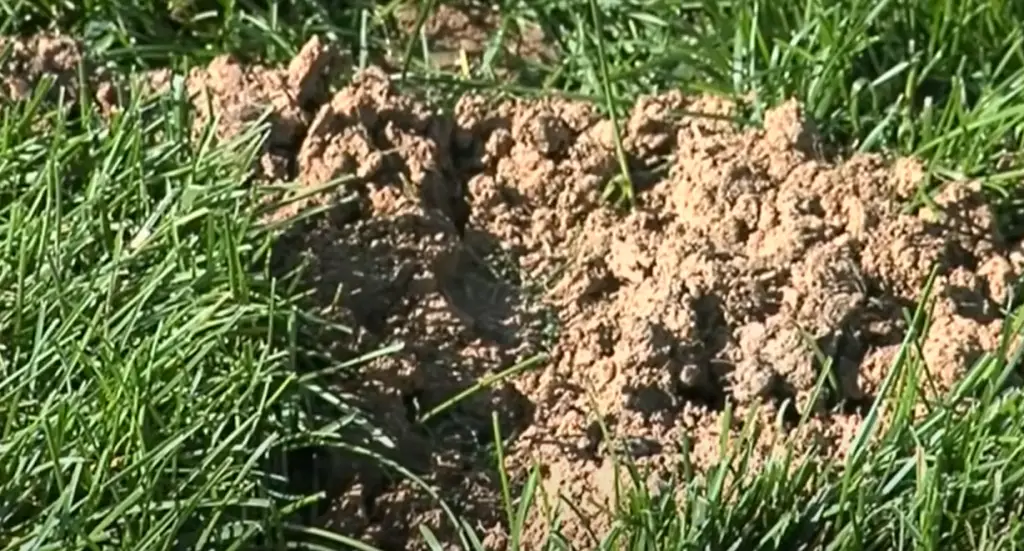
If you decide to contact a mole control service, be sure to ask about their methods and make sure you’re comfortable with them before allowing them to begin work. Remember, you have the right to know what methods will be used on your property.
FAQ
What is the fastest way to get rid of ground moles?
There is no single answer to this question as different methods work better for different people. However, some of the most popular methods for getting rid of ground moles include using traps, flooding their tunnels, and applying pesticides.
If you want to get rid of ground moles quickly, then trapping is probably your best bet. There are many different types of mole traps available on the market, so be sure to do your research before purchasing one. Once you have a trap set up, all you need to do is wait for the mole to fall into it.
How do you humanely trap moles?
There are a number of ways that you can trap moles humanely. The most common method is to use a live trap. This type of trap will capture the mole without harming it. You can then release the mole into an area where it will not be a nuisance.
Another way to humanely trap moles is to use a cage trap. This type of trap will also capture the mole without harming it. The difference with this type of trap is that you will need to check it regularly to make sure that the mole has not died from stress or dehydration.
Does vinegar get rid of ground moles?
No, vinegar does not work to get rid of moles. There are a variety of home remedies that people often think will work to get rid of moles, but unfortunately most of them are ineffective. Some other common home remedies include using cayenne pepper, garlic, or castor oil. While these ingredients might deter moles from your yard, they will not actually kill the pests. If you want to get rid of moles humanely and effectively, you need to use a different method.
Is there a natural way to get rid of moles in the yard?
Yes, there are a few ways you can get rid of moles in your yard without harming them. One way is to use a mole repellent. You can either make your own repellent or buy one at the store. Another way is to trap the moles. This will require some patience and effort on your part, but it is possible to catch them without harming them. Finally, you can also try to discourage them from coming into your yard in the first place by making it less inviting for them. This may mean keeping your lawn trimmed and free of debris, filling in any burrows, and using fencing or netting around areas where they are known to frequent.
Useful Video: How to Get Rid of Moles in the Garden- Moles Be Gone!
Conclusion
Moles are a problem for many gardeners. They can damage your lawn and garden, and they can be difficult to get rid of. Not everyone wants to kill them, however. If you’re looking for a humane way to get rid of moles in your garden, there are a few options available to you.
One way is to simply get rid of their food source – gnats. In addition to removing food sources, you will also need to make it difficult for moles to tunnel through your garden. One way to do this is by installing physical barriers, such as wire mesh or hardware cloth. Another way to deter moles is by using sonic devices that emit high-frequency sounds that are only audible to animals.
As you can see, there are a number of different ways to get rid of moles in the garden. Moles are persistent creatures, so it may take some time and effort to get rid of them. However, if you’re patient and consistent, you will eventually be able to get rid of moles in your garden humanely. Thanks for reading! We hope this guide was helpful.
References:
- https://www.almanac.com/pest/moles
- https://www.westchesterwildlife.com/blog/are-moles-bad-to-have-in-your-yard/
- https://www.predatorguard.com/blog/how-to-get-rid-of-moles-in-the-garden-humanely
- https://www.gardentoolbox.co.uk/news/how-to-get-rid-of-moles-in-the-garden-humanely/
- https://diygardening.co.uk/pestcontrol/garden-moles/
- https://smithspestmanagement.com/blog/post/how-to-get-rid-of-moles-in-your-yard-garden/





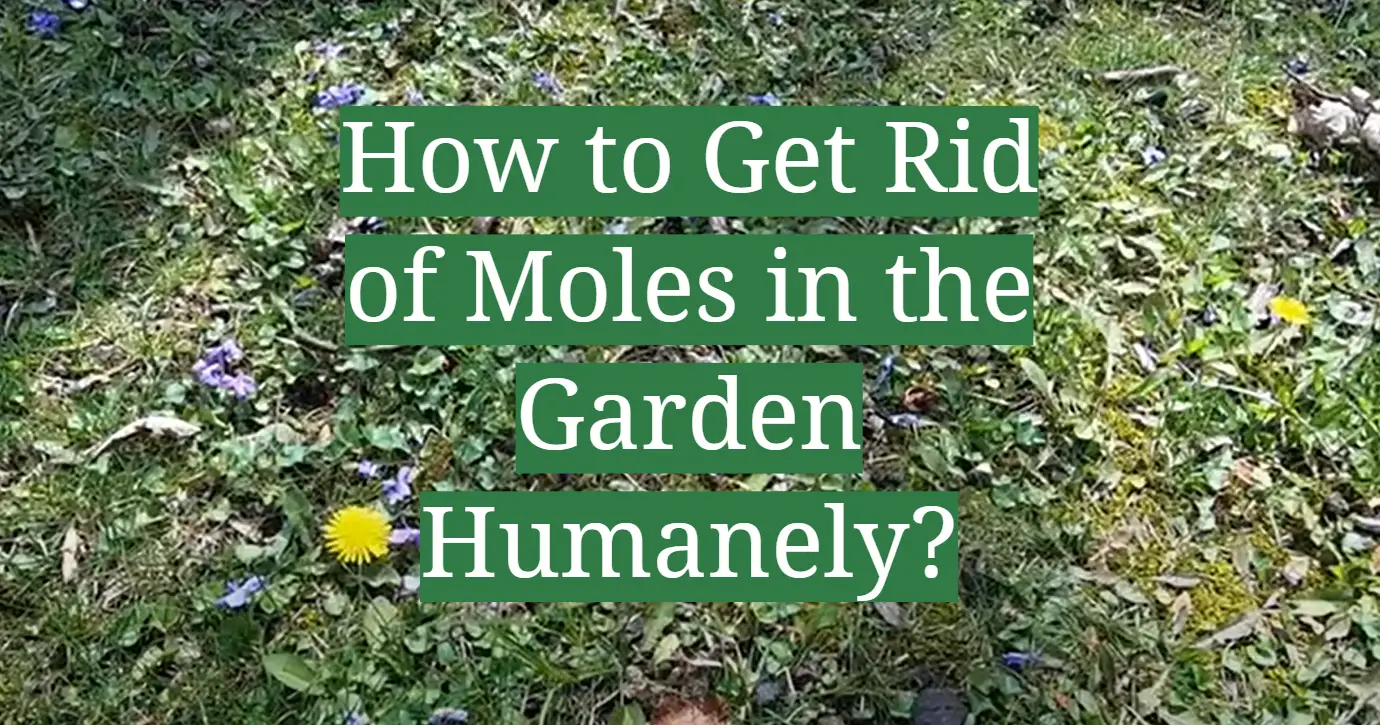




Leave a Reply
View Comments